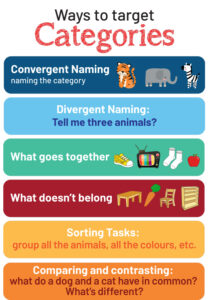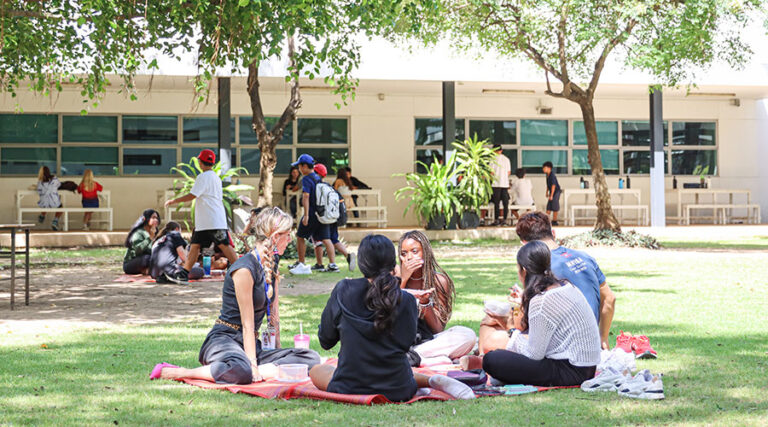The crucial role of categories and semantic mapping in speech-language therapy
Dragonfruit, mango, bananas… Appetising, delightful, scrumptious… What connects those words? You likely made quick associations between those words in a set and realised that there was a larger group they belonged to. Perhaps you thought about “fruit”, “tropical fruit”, or “fruit that grows on trees” and for the other group you might have thought about “words that describe taste”. Categorising and finding semantic connections between words is one skill that supports vocabulary development; a solid foundation in vocabulary is key for reading, writing and oral expression across all ages.
For those students who acquire language with ease, this organisation into groups is likely a strength; however, for those who have difficulty with the rules that govern language, categorisation and semantic mapping are skills that need to be explicitly taught and reinforced frequently. So, what can we do as teachers and family members to support this important skill?
When working with young children, we can often support categorisation by naming two to three items within a group or by asking them to say the name of the group. For example, we may say “I need to get CLOTHES on: I need a shirt, pants, and socks! You may go to the market and say “We need fresh FRUITS and VEGETABLES” and then list two to three members within each category. When you actively name the group and list items within it, you are teaching children how those words are connected. As children age, those groups become more extensive but the brain learns flexible ways of grouping words and rearranging them. A middle-schooler might be able to think about synonyms, or a specific feature of a word and find other related words. When students understand that ADJECTIVES are words that provide a description and the student is instructed to change the adjectives to incorporate descriptions that appeal to the senses, the student might start sorting words into groups such as adjectives to describe sound, adjectives that describe touch, etc. For example, a student may write a sentence such as “The food at the restaurant was good” or they can rewrite to add more detail as “The salad was crunchy and savoury.” This type of exercise can further support higher analytical skills such as comparing, contrasting and developing logical arguments.

Through consistent practice and deliberate instruction, anyone can contribute to the development of skills in categorising, sorting, grouping and establishing connections between words. By nurturing these abilities, we empower students to expand their vocabulary and enhance their language proficiency, thereby laying the groundwork for academic success and effective communication.
Zuleika Billington
Whole School Speech-Language Pathologist




